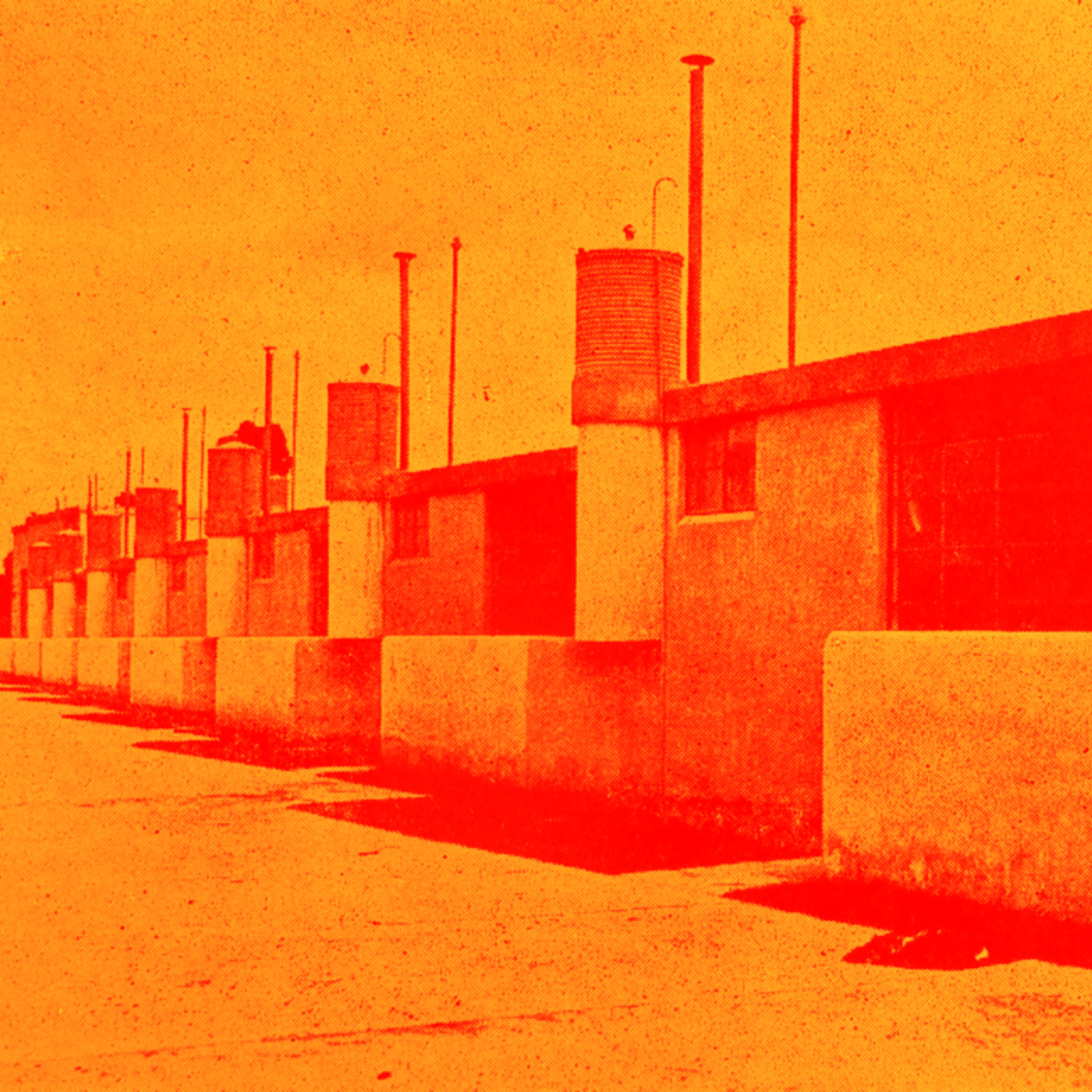
Casas obreras (tipo 1)
1932-33
colonias Aarón Sáenz, Plutarco Elías Calles, Michoacana
Juan Legarreta
La casa de mis bisabuelos maternos siempre nos pareció especial. Ahí invariablemente cupo toda la familia en fiestas y comidas. Los más pequeños siempre podíamos sentarnos en la escalera y ver lo que pasaba en la sala de estar de doble altura. El patio trasero era inmenso y hacia el frente el acomodo aserrado de cada vivienda hacía que todas las casas vecinas compartieran la calle con las casas vecinas. Con simples gestos arquitectónicos, la casa y sus habitantes se volcaban cómodamente a la calle. Su piso de concreto tintado a dos colores se va destiñendo cada día más, aunque sigue tan firme como décadas atrás. Mi bisabuelo, como parte del Sindicato de Ferrocarrileros, pudo acceder a la casa hacia finales de la década de 1930 y en ella se criaron todos sus hijos, incluida mi abuela.
Juan Legarreta, más radical que O’Gorman, ganó el concurso de vivienda obrera convocado por el Muestrario de Construcción Moderna en 1932, promovido por Carlos Obregón Santacilia y el gobierno de Aarón Sáenz como jefe del departamento del Distrito Federal. El primer prototipo se construyó en la incipiente colonia Moctezuma –quizás siga ahí– y eventualmente el DDF construyó 108 de estas viviendas y un Hogar Infantil (diseñado por José Villagrán y Enrique de la Mora) en Balbuena, muy cerca del enorme Deportivo Balbuena. Legarreta no vivió para ver construido el conjunto en San Jacinto, terminado un año después que el de Balbuena, en donde mi abuela se crió, pero mi familia le debe mucho a su proyecto.
Juan Legarreta, más radical que O’Gorman, ganó el concurso de vivienda obrera convocado por el Muestrario de Construcción Moderna en 1932, promovido por Carlos Obregón Santacilia y el gobierno de Aarón Sáenz como jefe del departamento del Distrito Federal. El primer prototipo se construyó en la incipiente colonia Moctezuma –quizás siga ahí– y eventualmente el DDF construyó 108 de estas viviendas y un Hogar Infantil (diseñado por José Villagrán y Enrique de la Mora) en Balbuena, muy cerca del enorme Deportivo Balbuena. Legarreta no vivió para ver construido el conjunto en San Jacinto, terminado un año después que el de Balbuena, en donde mi abuela se crió, pero mi familia le debe mucho a su proyecto.
We always thought my maternal great-grandparents’ house was special. Invariably, there was enough room for parties and weekend meals for the entire family there. The youngest lot could always sit on the stairs and see what was happening in the double-height living room. The backyard was immense and, at the front, the jagged arrangement of the dwellings into the street made all the neighboring houses share the public space with each other. With simple architectural gestures, the house and its inhabitants could comfortably move to the street. Its two-color tinted concrete floor wears out more and more every day, although it is as firm as decades ago. My great-grandfather, as a member of the Union of Railway Workers, could access the house towards the end of the decade of 1930 and all his children were raised there, including my grandmother.
Juan Legarreta, a more radical architect than O’Gorman, won the worker housing contest organised by the Muestrario de Construcciones Modernas in 1932 - promoted by Carlos Obregón Santacilia and the government of Aarón Sáenz as head of the department of the Federal District. The first prototype was built in the incipient neighborhood of Moctezuma – perhaps it is still there – and, eventually, the government built 108 of these dwellings and a Children’s Home (designed by José Villagrán and Enrique de la Mora) in Balbuena, in close proximity to the enormous Balbuena Sports Club. Legarreta did not live to see the complex built in San Jacinto, which was finished a year after the one in Balbuena, where my grandmother was raised, but my family owes a lot to his project.
Juan Legarreta, a more radical architect than O’Gorman, won the worker housing contest organised by the Muestrario de Construcciones Modernas in 1932 - promoted by Carlos Obregón Santacilia and the government of Aarón Sáenz as head of the department of the Federal District. The first prototype was built in the incipient neighborhood of Moctezuma – perhaps it is still there – and, eventually, the government built 108 of these dwellings and a Children’s Home (designed by José Villagrán and Enrique de la Mora) in Balbuena, in close proximity to the enormous Balbuena Sports Club. Legarreta did not live to see the complex built in San Jacinto, which was finished a year after the one in Balbuena, where my grandmother was raised, but my family owes a lot to his project.
